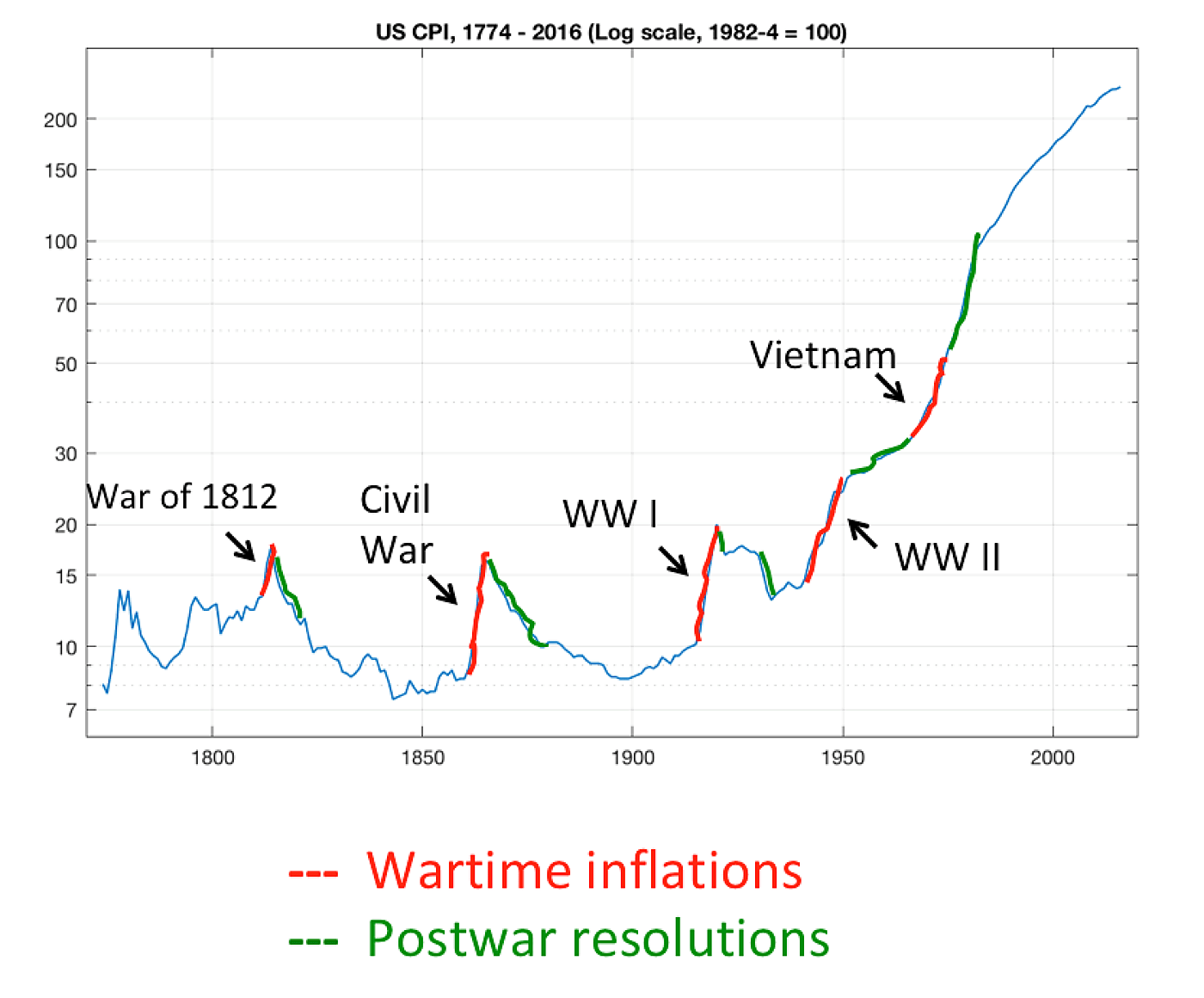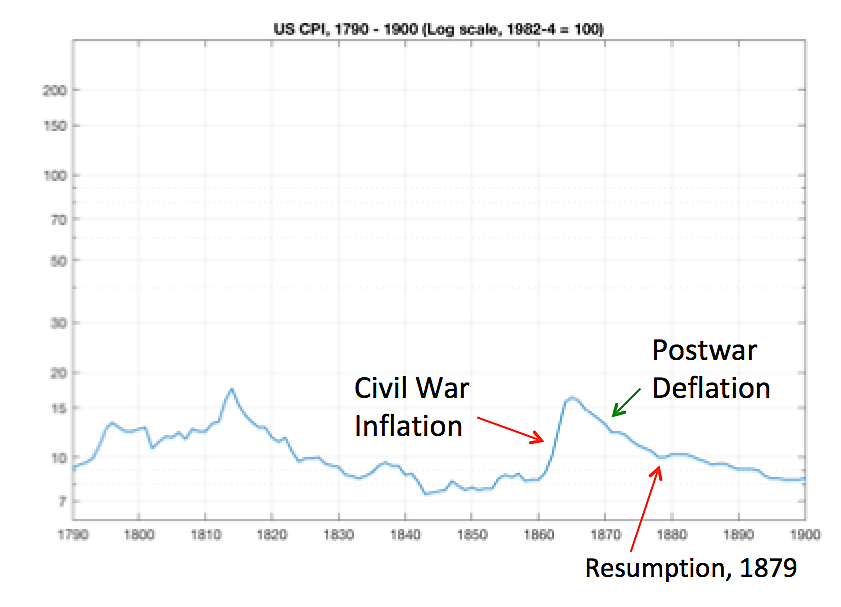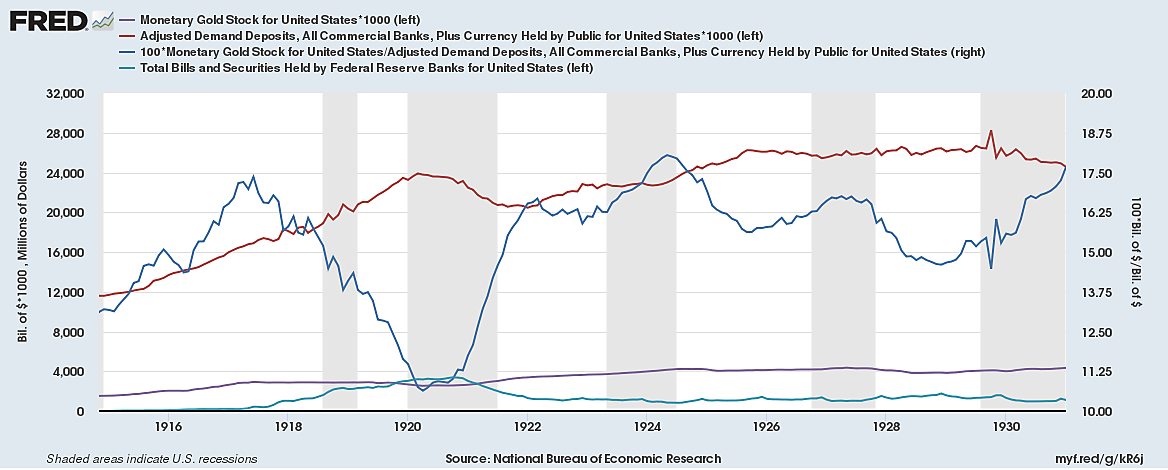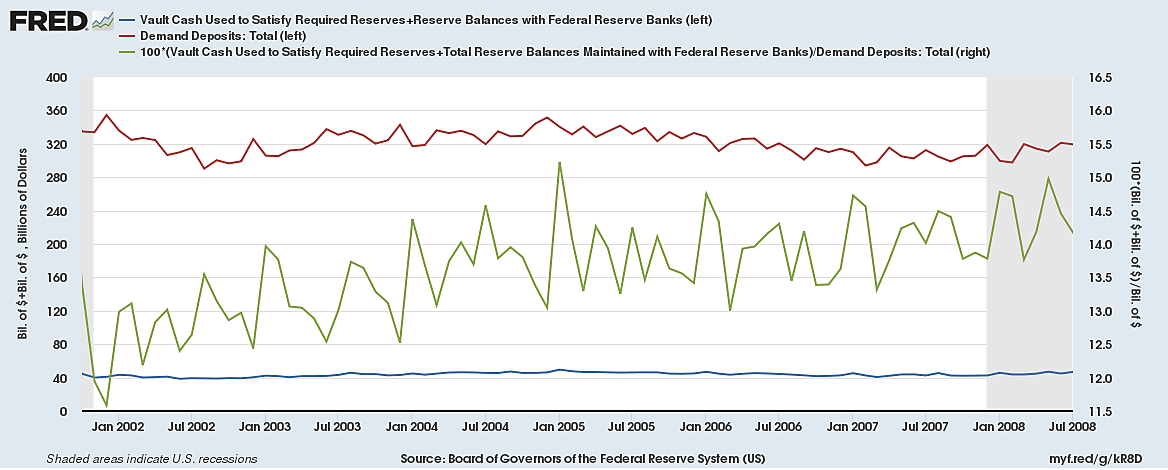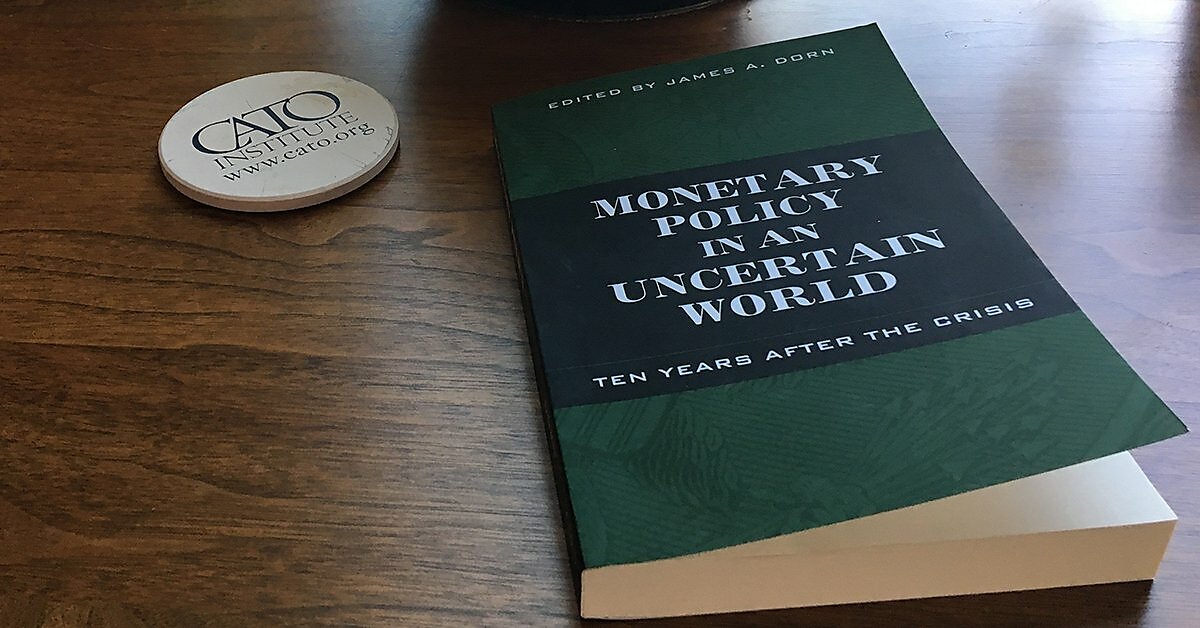German foreign minister Heiko Maas recently penned an article in which he said that "it’s essential that we strengthen European autonomy by establishing payment channels that are independent of the US, creating a European Monetary Fund and building up an independent Swift system."
So what exactly is Maas's quibble with SWIFT, the Society for Worldwide Interbank Financial Telecommunication? SWIFT is a proprietary messaging system that banks can use to communicate information about cross border payments. This November, U.S. President Trump has threatened to impose sanctions on SWIFT if it doesn't remove a set of Iranian banks from the SWIFT directory.
For Heiko Maas, this is a problem. Iran and Germany remain signatories to the same nuclear deal that Trump reneged on earlier this year. The deal committed Iran to cutting back its uranium enrichment program and allowing foreign inspectors access to nuclear sites and, in return, obligating signatories like Germany to normalize economic relations with Iran, including allowing the unrestricted sale of oil. If Iran is bumped from SWIFT, it could prevent Germany from meeting its side of the deal, potentially scuppering the whole thing. So, a fully functioning SWIFT, one that can't be manipulated by foreign bullies, is key to Germany meeting its current foreign policy goals.
SWIFT is vital because it is a universal standard. If I want to send you $10,000 from my bank in Canada to your bank in Singapore to pay for services rendered, bank employees will use SWIFT terminals and codes to communicate how to manipulate the various bank ledgers involved in the transaction. If a bank has been banished from SWIFT, then it can no longer use what is effectively a universal banker's language for making money smoothly flow across borders.
It would be as-if you were at a party but, unlike all the other party-goers, were prohibited from using words to communicate. Sure, you could get your points across through hand gestures and stick drawings, but people would find conversing with you to be tiring and might prefer to avoid you. Without access to SWIFT, Iranian banks will be in the same situation as the mute party-goer. Sure, they can always use other types of communication like email, telex or fax to convey banking instructions, but these would be cumbersome since they would require counterparties to learn a new and clunky process, and they wouldn't necessarily be secure.
It seems odd that Maas is complaining about the SWIFT's independence given that it is located in Belgium, which is home territory. Even though it is one the other side of the ocean, Trump can still influence the network. The way that he plans to bend SWIFT to his will is by threatening members of its board with potential asset expropriations, criminal charges, travel bans, as well as punishing the companies they work for by restricting them from conducting business in the U.S.
How credible is this threat? As I pointed out here...
If SWIFT doesn't comply with US requirements that Iranian banks be cut off from its network, SWIFT board members (such as Yawar Shah) will face asset freezes & travel bans, and the banks that employ them (Citigroup) will be cut from the payments system: https://t.co/tVntv3USzs pic.twitter.com/XAiLOKPdtk
— JP Koning (@jp_koning) June 6, 2018
...SWIFT's board is made up of executives from twenty-five of the world's largest banks, including two Americans: Citigroup's Yawar Shah and J.P Morgan's Emma Loftus. No matter how erratic and silly he is, I really can't imagine Trump following up on his threat. Would he ban all twenty-five banks, including Citigroup and J.P. Morgan, from doing business in the U.S.? Not a chance, that would decimate the global banking system. Requiring U.S. banks to stop using SWIFT would be equally foolish. Would he risk ridicule by putting two American bank executives—Shah and Loftus—under house arrest for non-compliance? I doubt it.
No, the SWIFT board is TBTP, or too-big-to-be-punished. But even if Trump's threat is not a credible one, surely SWIFT will fall in line anyways. Large international businesses generally comply with the requests of governments, especially the American one. But there's a kicker. European law prohibits European businesses from complying with foreign sanctions unless they have secured EU permission to do so. This leaves SWIFT in an awfully tight place. Which of the two jurisdictions' laws will it choose to break? Assuming it can't get EU permission to comply with U.S. sanctions, then it can either illegally comply with U.S. law, or it can legally contravene U.S. laws. Either way, something has to give.
Europe can win this battle, a point that Axel Hellman makes for Al-Monitor. After all, SWIFT is is located in Belgium, not New York, and jurisdiction over SWIFT surely trumps lack of jurisdiction. Indeed, on its website SWIFT says that its policy is to defer to the EU on these matters:
"Whilst sanctions are imposed independently in different jurisdictions around the world, SWIFT cannot arbitrarily choose which jurisdiction’s sanction regime to follow. Being incorporated under Belgian law it must instead comply with related EU regulation, as confirmed by the Belgian government."
Consider too that SWIFT itself is supposed to be committed to a policy of non-censorship. Chairman Yawar Shah once said that “neutrality is in SWIFT’s DNA.” So from an ideological perspective it would seem that SWIFT would be aligned with Europe's more inclusive stance.
Of course, SWIFT's stated commitment to neutrality conflicts with the fact that it has banned Iran from the network before. In early 2012, U.S. pressure on SWIFT grew in the form of proposed legislation that would punish the messaging provider should it fail to ban Iranian users. SWIFT prevaricated, noting in early February that it would await the "right multilateral legal framework" before acting. In March 2012, the EU Council passed a resolution prohibiting financial messaging providers from servicing Iranian banks, upon which SWIFT disconnected them. It was only in 2015, after passage of the nuclear deal, that SWIFT reconnected Iran. (I get this timeline from the very readable Routledge Global Institutions book on SWIFT, by Suzan Scott and Markos Zachariadis).
The takeaway here is that SWIFT only severed Iranian banks in response to European regulations, in turn a product of a conversation between American and European leaders. SWIFT will seemingly compromise its neutrality if there is a sufficient level of global agreement on the issue followed up by a European directive, not an American one.
If Heiko Maas wants an "independent SWIFT," the above analysis would seem to illustrate that he already has it. Thanks to its European backstop, SWIFT is already independent enough to say no to U.S. bullying. As long it is willing, European officials can force a showdown over SWIFT that they can only win, thus helping to preserve the Iranian nuclear deal.
But maybe European officials don't want to go down this potentially contentious path. Perhaps they would prefer to preserve the peace and grant SWIFT an exemption that allows the organization to comply with U.S. sanctions, thus cutting Iran off from the messaging network, while trying to cobble together some sort of alternative messaging system in order to salvage the nuclear deal. Maybe this alternative is what Maas is referring to when he talks of a building an "independent SWIFT."
An alternative messaging service would have to be capable of providing bankers with sufficient usability so that Iranian oil sales can proceed fluidly. In a recent paper, Esfandyar Batmanghelidj and Axel Hellman give some clues into what this system would look like. During the previous SWIFT ban, several European banks were able to maintain their relationships with Iranian financial institutions by using "ad hoc messaging systems." These ad hoc solutions could be revived, note Batmanghelidj and Hellman.
Using this ad hoc system, so-called gateway banks—those that have access to the ECB's large value payments system Target2 and also limited exposure to the U.S. financial system—would conduct euro transactions on behalf of buyers and sellers of Iranian oil. Since presumably only a few gateways would be necessary to conduct this trade, it would be relatively painless for them to learn the new messaging language and the set of processes involved. For instance, instead of using SWIFT bank identifier codes to indicate account numbers, Batmanghelidj and Hellman point to the possibility of using IBAN numbers, an entirely different international standard.
This independent ad-hoc system would probably work, on the condition that the European monetary authorities continue providing gateway banks that serve Iranian clients with access to the ECB's Target2 payments system. This is a point I stressed in my previous blog post. It isn't access to SWIFT that is the linchpin of the nuclear deal, it is access to European central banks. But as long as folks like Heiko Maas get their way, I don't see why this sponsorship wouldn't be forthcoming. In response, Trump could always try to sanction the European central bank(s) that allow this ad-hoc system to continue. But an escalation of U.S. bullying from the mere corporate level (i.e. SWIFT) to the level of a friendly sovereign nation would constitute an even more nutty policy. I just don't see it happening.
At stake here is something far larger than just Iran. As I recently wrote for the Sound Money Project, financial inclusion is a principle worth fighting for. If one bully can unilaterally ban Iran from the global payments system, who is to say the next victim won't be Canada, or Qatar, or Russia, or China? Europe needs to stand up to the U.S. on this battle, either by forcing a SWIFT showdown or by sponsoring an ad hoc alternative—not because Iran is an angel—but because we need censorship resistant financial utilities.
This material originally appeared on JP Koning's Moneyness blog, we thank him for the permission to re-post it here.
Disclaimer
This post was originally published at Alt‑M.org. The views and opinions expressed here are those of the author(s) and do not necessarily reflect the official policy or position of the Cato Institute. Any views or opinions are not intended to malign, defame, or insult any group, club, organization, company, or individual.
All content provided on this blog is for informational purposes only. The Cato Institute makes no representations as to the accuracy or completeness of any information on this site or found by following any link on this site. Cato Institute, as a publisher of this article, shall not be liable for any misrepresentations, errors or omissions in this content nor for the unavailability of this information. By reading this article and/or using the content, you agree that Cato Institute shall not be liable for any losses, injuries, or damages from the display or use of this content.



